
Is my old horse
at a good weight?

Body Condition Score
It is very important to keep an eye on the weight of older horses. It is important to recognise the first signs of a loss of weight. And is this due to a reduction in muscle mass or fat? Therefore, take a good look at your horse.
When determining the body condition score (BCS), we look at six different areas: the neck, withers, back, base of the tail, ribs and the area just behind the shoulder of your horse.
On the illustration on the right, the points you need to look at are clearly indicated. These are important to read a good BCS of your horse.
By using the illustrations and description below, you can see what score your horse has for each area. The average of this determines the final body condition score. Be honest when filling this in, even though it can sometimes be quite confronting.
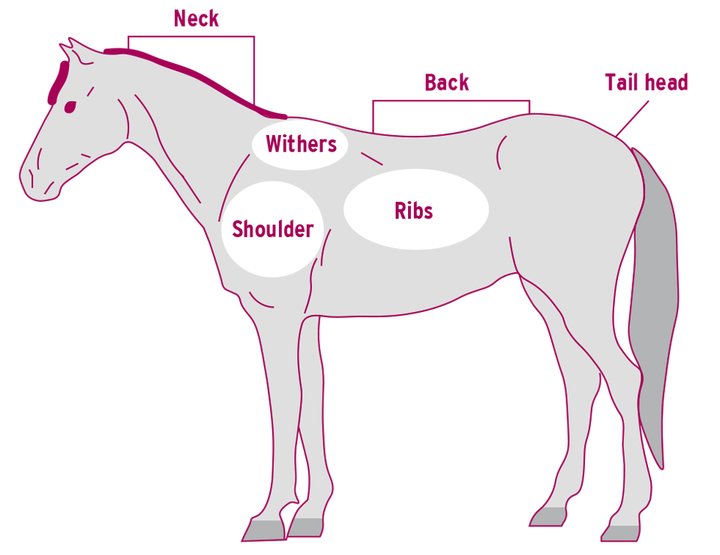
Score yourself
By using the illustrations and description below, you can see what score your horse has for each area. The average of this determines the final body condition score. Be honest when filling this in, even though it can sometimes be quite confronting.
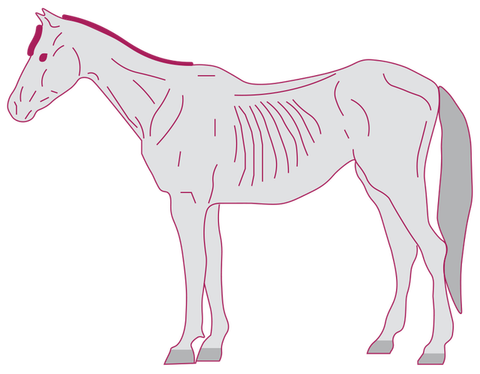
1.
Extremely thin
The bone structure at the neck, shoulder and withers can be easily felt. On the back, the spinous processes are visible, as are the ribs. The base of the tail protrudes clearly. No fatty tissue can be felt.
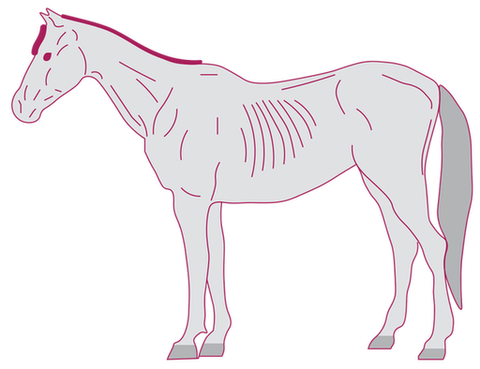
2.
Very thin
The bone structures at the neck, shoulder and withers are vaguely discernible. The spinous processes can be felt, as can the base of the tail. The ribs are visible.

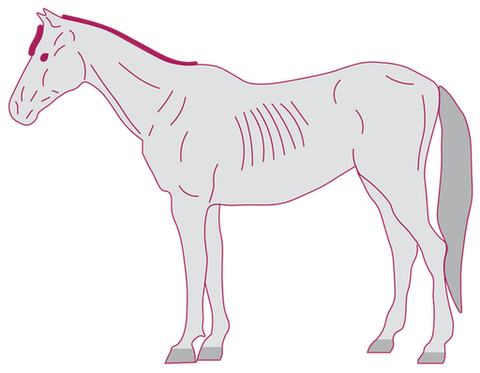
3.
Thin
The bones in the neck, shoulder and withers are accentuated, but no bone structure can be discerned. The transverse processes can no longer be felt. The base of the tail can be felt, but individual vertebrae are no longer visible. The ribs can still be seen, but are lightly covered with fat.
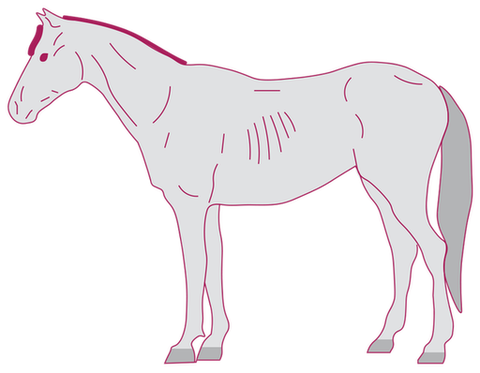
4.
Moderately thin
The neck, shoulder and withers are not excessively thin. A slight ridge is visible along the spine. The degree to which the base of the tail protrudes depends on the body's build, and some fatty tissue can be felt. You can see a vague outline of the ribs.


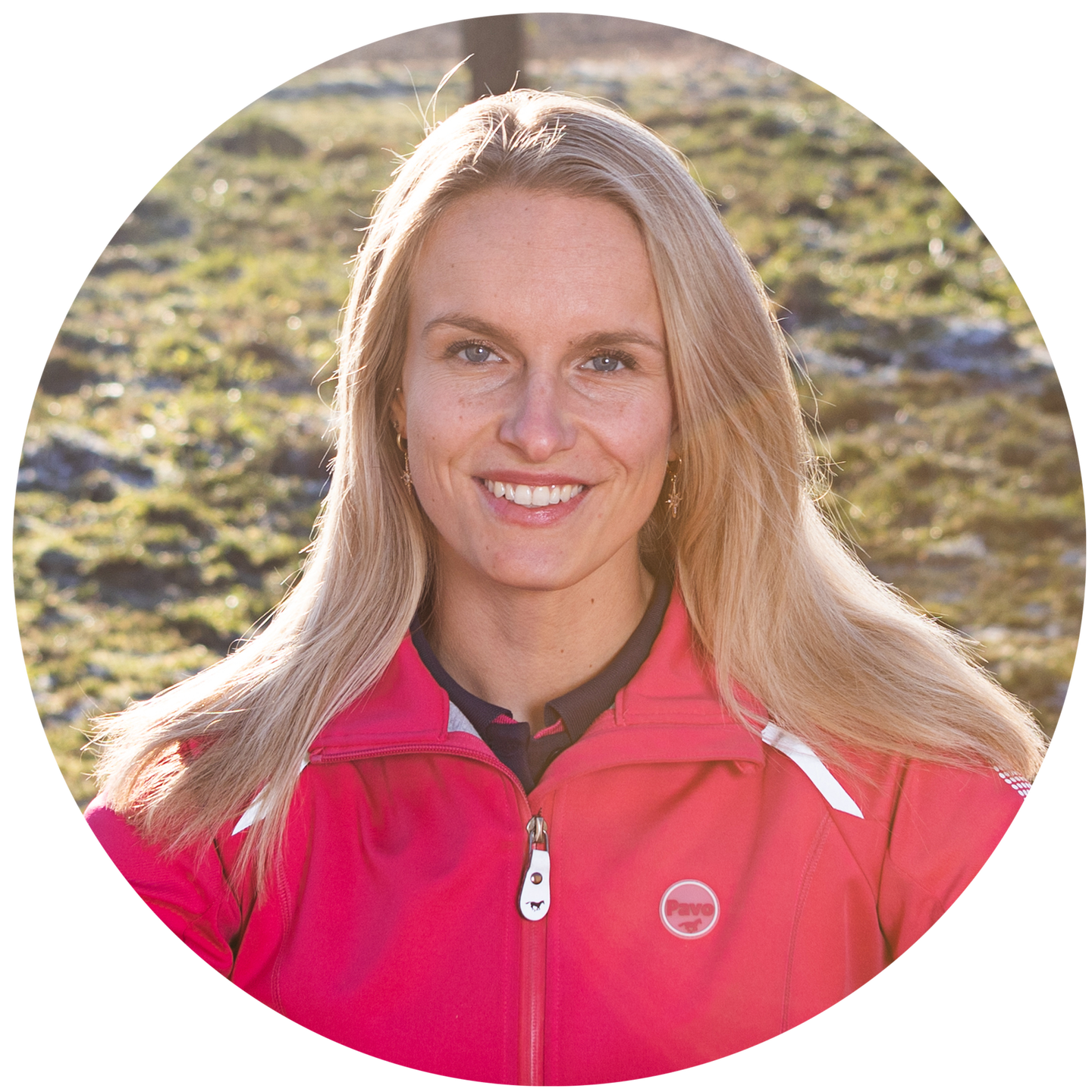
“Does your horse have a BCS of 4 or lower? Then put a blanket on him in cold and wet weather. Otherwise, your horse will waste a lot of energy trying to maintain its temperature”
Pleun Broeren, nutritionist
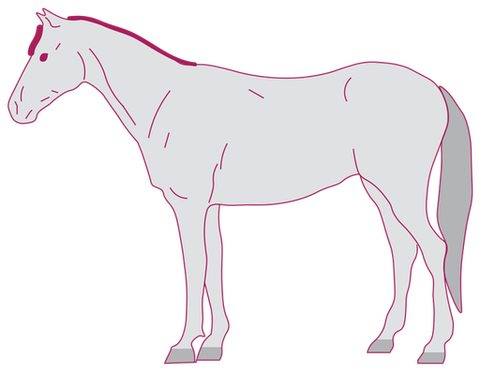
5.
Moderate
The neck and shoulder flow into the body. The withers are rounded. The fatty tissue around the tail insertion begins to feel spongy. The ribs cannot be distinguished with the naked eye, but can easily be felt.

6.
Moderately fleshy
Fatty tissue starts to develop around the neck, just behind the shoulder and on the side of the withers. A slight thickening is possible along the spine. The fatty tissue around the base of the tail feels soft. The fatty tissue over the ribs feels spongy, but you can still feel the ribs.


"Take a picture of your horse from the side and back every month. Then you can keep an eye on whether there are any changes"
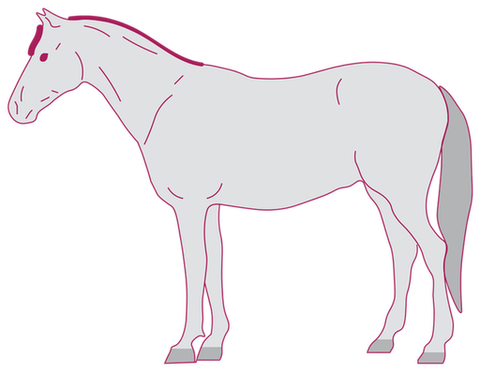
7.
Fleshy
Fat deposits at the level of the neck, the withers and behind the shoulders. A slight thickening along the spine is possible. The fatty tissue around the base of the tail feels soft. Individual ribs can still be felt, but there is noticeable padding with fatty tissue between the ribs.
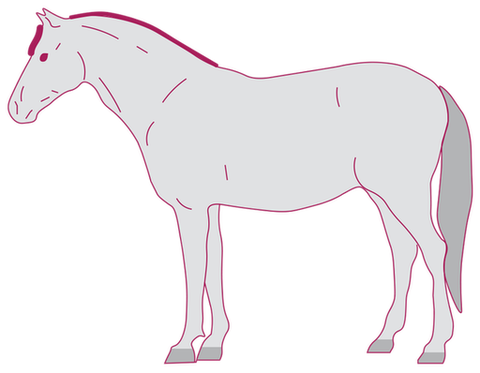
8.
Obesity
The neck is noticeably thickened. The withers and the area just behind the shoulder are filled with fatty tissue. There is a thickening along the spine. The fatty tissue around the base of the tail feels very soft. The ribs are difficult to feel due to fat.

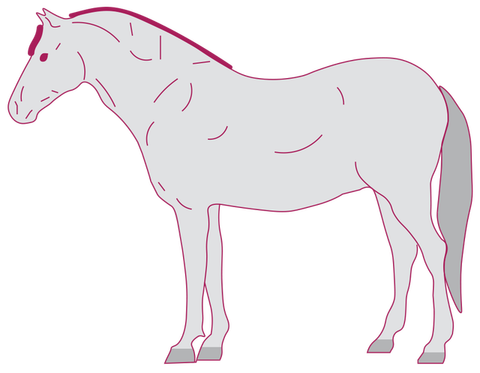
9.
Extreme obesity
At the neck, withers, at the base of the tail and just behind the shoulder, there is excessive, bulging fatty tissue. Fat along the inside of the buttocks can rub against each other and the flanks are filled to the same degree as the body, so that the body and the flanks run into each other. Along the spine, a very clear thickening can be seen. Over the ribs there is also generous fatty tissue, so that you cannot feel the ribs.